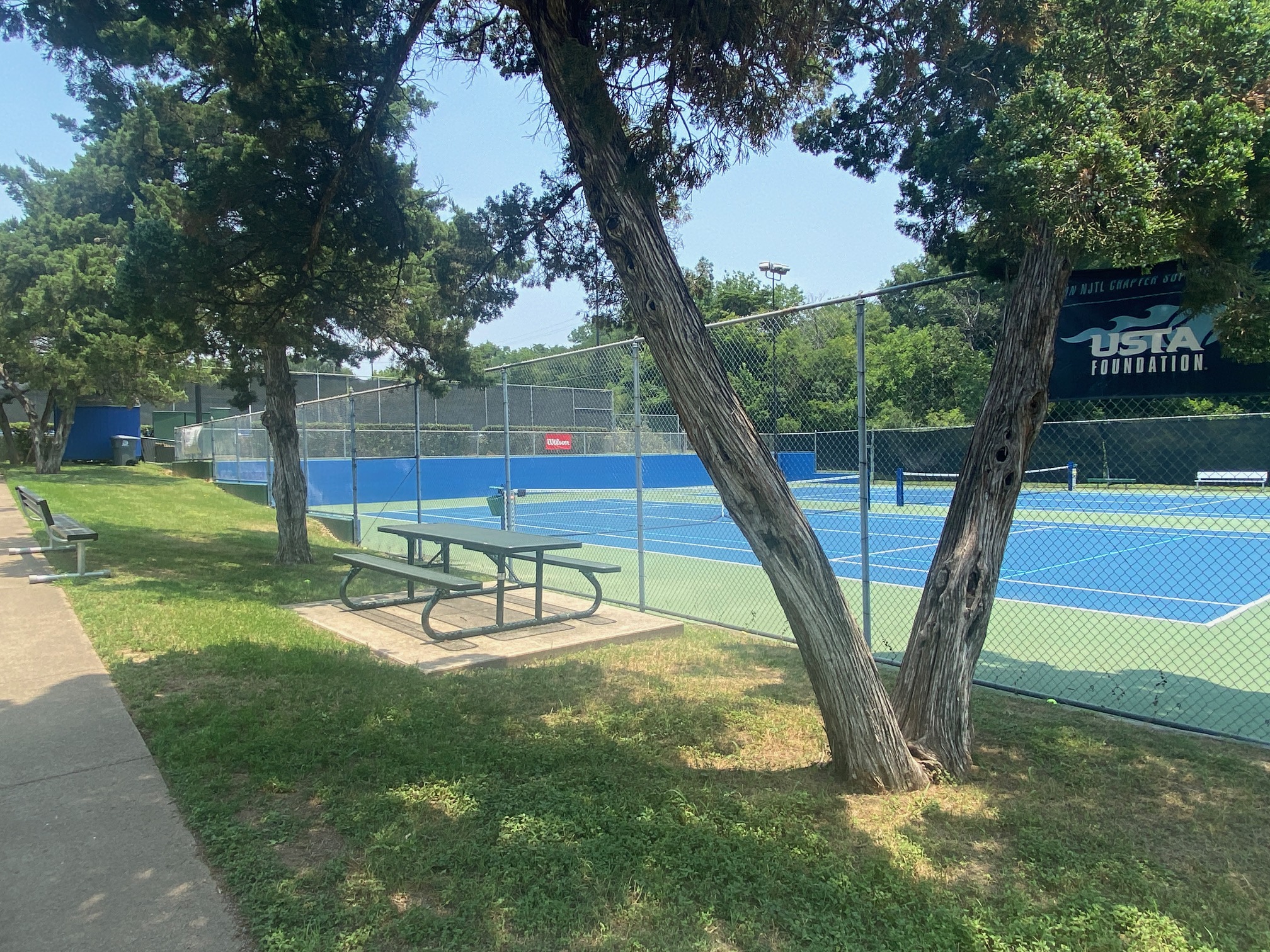The word “grievance” appears 196 times in the 2020 USTA league regulations. I feel like that is a reflection that something has gone sideways with league tennis. Today I am sharing a league match horror story. I think the events described in this account were precipitated by issues with the NTRP system.
Names and one very specific detail that would make it trivial to find this match in TennisLink have been withheld. I have also intentionally referenced the current USTA league regulations rather than referencing the one that was in effect at the time to obscure the year.
I honestly hope that no one bothers to go find the match in TennisLink. At the same time, I have to acknowledge that if the same thing was said to me I would *immediately* go sleuth it out. It’s what I do. I want to emphasize that the point of this story is not to call anyone out for being a jerk, but rather to illustrate something that happened, what the immediate result was, and to highlight the long term ramifications.
As one additional editorial aside, I originally wrote this in such a way to obscure my own involvement with the match. It made the language quite stilted. In the end, it seemed pretty obvious that I was directly involved, anyway.
When I was 4.5 computer rated I was played on an 8.0 Mixed League team. One week as I arrived for one of my matches one of the guys on the other team immediately started squawking that I was ineligible to play on an 8.0 team. He loudly claimed that my match would be played under protest because I should really be rated 5.0.
For me, this is an eye roll “whatever” situation. I felt it unlikely that a grievance would be filed. Even if they bothered, there was no basis. Also… getting disqualified from an 8.0 mixed team is really not a punishment for a 4.5 woman. There wasn’t a lot of downside.
I met my partner for the first time that day. He was a twenty something self-rated 3.5 guy playing his first ever USTA league match. Naturally, the target of the threatened grievance quickly shifted to to him. The entire warm up and first set was spent trying to settle him down.
I have absolutely no idea whether he was an egregious self rate or not. The threatened grievance was never filed, as far as I know. I never heard anything about one, in any case.
You see, the thing is… we lost the match. Badly. At the end of the match, the kid walked out of the tennis center, quit the team, and has has not played a USTA match ever since. A few years have lapsed in the interim. I don’t think he is ever coming back.
There is a lot to unpack here. First, people shouldn’t be jerks. People really shouldn’t be jerks over league tennis matches. Some people are. I’m going to set that aside.
Sometimes there are egregious self-rates. I wrote about my own self-rating journey in “My Days as an NTRP Sandbagging Bastard: Genesis.” Self-rating can be a real challenge for players returning to the game after multi-year competitive breaks.
The attitude I try to project regarding dubious self rates is empathy rather than anger or irritation. Of course, it isn’t as much of an issue for me as a 5.0. It is easy to be accepting when you are just happy to see anybody that wants to complete at that level.
The thing that I wish everybody would remember is that players that are recent self-rates are either new to the game or newly returned to the game. It is incumbent on all of us to try to make playing tennis leagues and tournaments as fun and as positive as it can be for those players. We need to think of ourselves as ambassadors rather than victims.
To put a fine point on it, at some fundamental level all NTRP self-rates are questionable to some extent. Asserting that there is no place in tennis for dubious self-rates is almost equivalent to saying that there is no place in tennis for new players. New players are essential to maintaining and growing participation in the game we love.
As this story illustrates, being a jerk or condescending to a player who is self-rated could chase that player away. Forever. It might not stop there, either. The kid in my story probably has a lot of other friends who either played or would like to play tennis again. And you know what he’s going to tell them? That he tried USTA league tennis and it was a horrible experience.
People shouldn’t be jerks. At the same time, we should also be willing to take a look at the NTRP system for opportunities to make some modifications that will reduce the opportunity and incentives for people to be jerks, particularly to new players.
There is a little more to the story. The match we were playing that day had real implications for playoffs. I personally believe the opposing team was put together for the purpose of making a sectionals and nationals run. Winning was more important that day than simply playing a competitive match and having fun.
USTA League Nationals was created to be a “carrot” to induce players to play league tennis. Lately I have been wondering if that incentive has turned into a “stick.” In other words, something that contributes to negative player experience and drives people away from the game.
- 2020 USTA League Regulations, April 24, 2019




I recall playing on a USTA 4.5 Mens team and the day of the evening match, our opponents filed a complaint with the USTA about one of our players who had won all of his singles matches in two sets. Our player was re-rated 5.0 that day and could not play the match which we won anyway.
That left a sour taste.
However, it has to be said the player concerned was good and was warned by our Captain to ‘throw a set’ so you are not re-rated after the first match he played.
Generally USTA League play is open to machinations like this.
There is a group of senior players who form two teams; a ‘travel team’ and a ‘not traveling team’ with the aim of progressing to age group sectionals and then nationals. The travel team is filled with better players than the none travelling team and the requisite number of matches are played, by the travel team, to ensure they qualify. In effect the regulations are manipulated to send a team to sectionals.